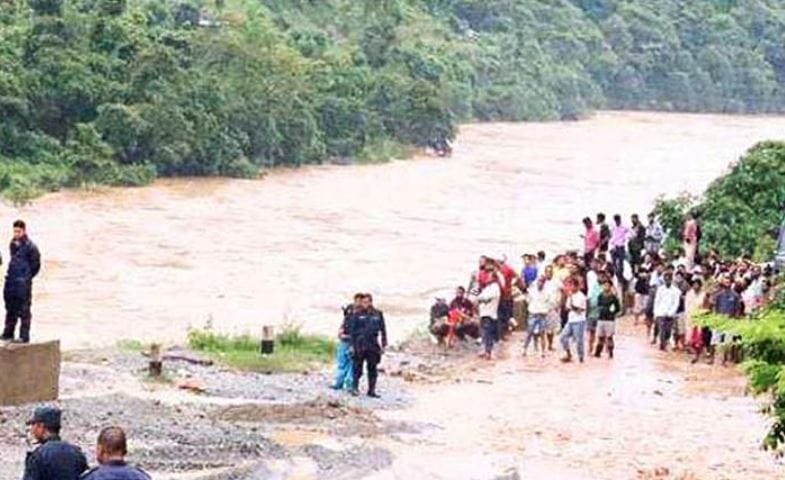Wayanad’s Tragic Landslide: A Preventable Disaster?
The recent landslide in Wayanad, Kerala, has exposed a stark and unsettling truth: the disaster could have been averted. A decade ago, two expert panels unequivocally identified the Meppadi panchayat, the site of the tragedy, as an ecologically sensitive area (ESA). Yet, these warnings went unheeded, buried beneath bureaucratic inertia and political indifference.
A Decade of Inaction: The Unfulfilled Promise of Protection
The Kasturirangan-led high-level working group (HLWG) and a Kerala state-appointed committee both recommended designating 13 Wayanad villages, including the ill-fated Vellarimala, as ESAs. These zones are meant to safeguard fragile ecosystems through regulated human activity. However, a decade later, this critical safeguard remains unrealized.
Ignored Warnings: A Pattern of Neglect
This tragedy is not an isolated incident. Other disaster-stricken areas in Wayanad, like Chooralmala and Mundakkai, were also overlooked in the ESA recommendations. This raises troubling questions about the thoroughness and efficacy of environmental assessments in the region.
Extreme Rainfall: A Catalyst for Catastrophe
While the region’s susceptibility to landslides is well-documented, the recent deluge intensified the risk. Wayanad district experienced almost five times its normal rainfall in the days leading up to the disaster, turning the vulnerable terrain into a ticking time bomb.
Political Roadblocks: Protests and Delays
The delay in implementing ESA recommendations can be traced back to protests against earlier environmental reports, including the Madhav Gadgil-led panel’s findings. These protests, fueled by concerns over restrictions on development and agriculture, stalled the much-needed conservation efforts.
Expert’s Lament: A Lost Decade for Conservation
Oommen V Oommen, former chairman of the Kerala State Biodiversity Board, laments the lost decade for conservation. His stark warning that “a lot of damage has already happened in these fragile areas” is a chilling reminder of the consequences of inaction.
The Way Forward: A Reckoning and a Renewed Commitment
The Wayanad tragedy is a clarion call for urgent action. It’s a wake-up call for policymakers, environmentalists, and the public to demand accountability and ensure that scientific recommendations are not ignored. The time for complacency is over. The fragile ecosystems of the Western Ghats demand immediate and decisive action to prevent further devastation.
This tragedy is a somber reminder that ignoring scientific evidence and delaying environmental protection can have catastrophic consequences. It’s a call to action, urging us to prioritize ecological preservation and disaster preparedness, before it’s too late.
Soumya Smruti Sahoo is a seasoned journalist with extensive experience in both international and Indian news writing. With a sharp analytical mind and a dedication to uncovering the truth, Soumya has built a reputation for delivering in-depth, well-researched articles that provide readers with a clear understanding of complex global and domestic issues. Her work reflects a deep commitment to journalistic integrity, making her a trusted source for accurate and insightful news coverage.



